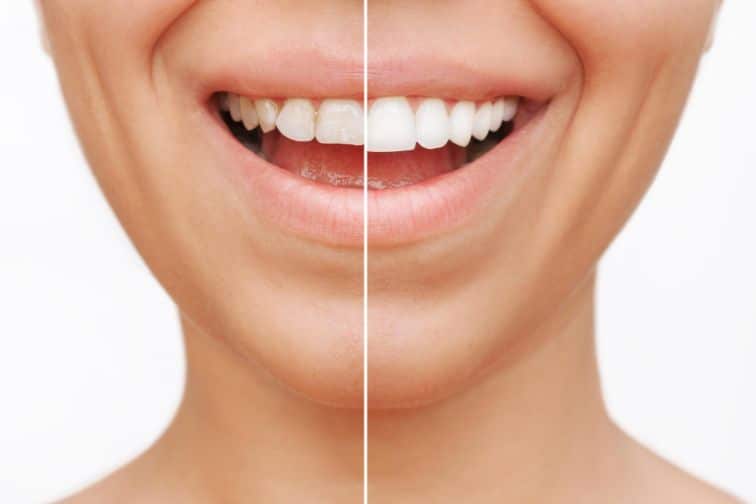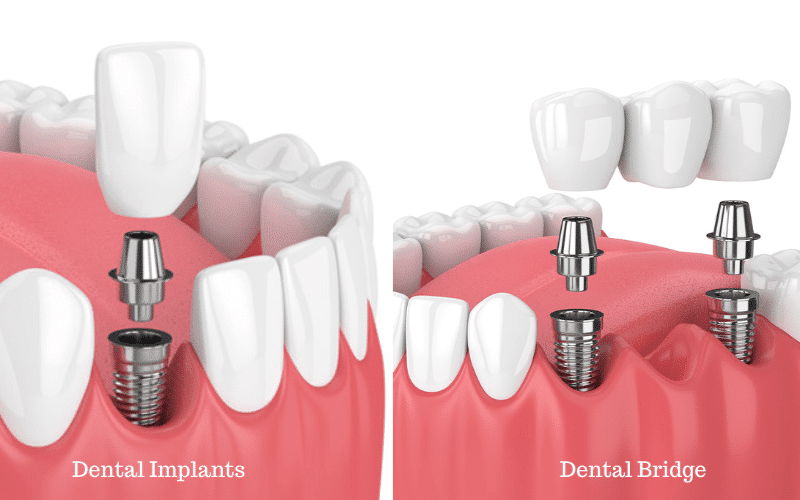
The Differences Between Porcelain Veneers And Lumineers
Having a lovely smiling face may also boost your self-confidence significantly. However, the reality is that almost no one is born with perfectly white teeth. The majority of us need some assistance in repairing faults and deformities that make our smiles seem less than attractive, especially for children. Furthermore, veneers are one of the most diverse solutions when treating cosmetic flaws with a smile. Visit our Phoenix dentists to know more. Veneers are porcelain “covers” that are cemented to the front surfaces of your teeth to improve their appearance. Today’s veneers are constructed of long-lasting porcelain that may be colored and sculpted to match your teeth and smile, resulting in a flawless outcome in the long run. When it comes to dental veneers, you have two primary alternatives at Singh Smile Care in Phoenix, AZ: “conventional” porcelain veneers and Lumineers, a new “twist” on dental veneers that provide numerous substantial benefits for a large number of patients. Here’s how to determine whether an option is a better fit for your situation.
Differences Between Porcelain Veneers And Lumineers?
Porcelain veneers and Lumineers may both be used to improve the look of the following:
- Crooked teeth
- Gaps between teeth and other concerns with tooth spacing
- Teeth that seem to be “too tiny.”
- Teeth extensively discolored (including stains that cannot be “bleached away”) should be avoided.
- The edges of the teeth are uneven or worn away.
Each of the two procedures is made at a dental facility dedicated to creating advanced restorations, and both may be completed in two visits.
The Distinctions Between Lumineers And Veneers Are As Follows:
Although veneers and Lumineers are both used to address the same concerns, there are significant distinctions between the two procedures. For starters, porcelain veneers are thin, and Lumineers are far thinner. Lumineers are much less than half the thickness of porcelain veneers, around 0.5 mm thick. That usually doesn’t seem like much, but it makes a significant difference in putting things into practice.
Porcelain veneers are thicker. Our dentist will need to remove part of your natural tooth material to “create space” for the veneer and ensure that its surface is level with that of the adjoining teeth. Because once that tooth substance has been removed, it will never be replaced. A cover for that particular tooth will always be required (either a veneer or a composite covering). In a nutshell, veneers cannot be removed or replaced.
Choose Between Lumineers And Porcelain Veneers Based On Your Needs
Lumineers and porcelain veneers may both assist with various cosmetic issues, but they are not equally successful in improving your overall look and increasing confidence. Contact our dental office in Glendale today to learn more about both products and determine which one is a better fit for you and your needs.





